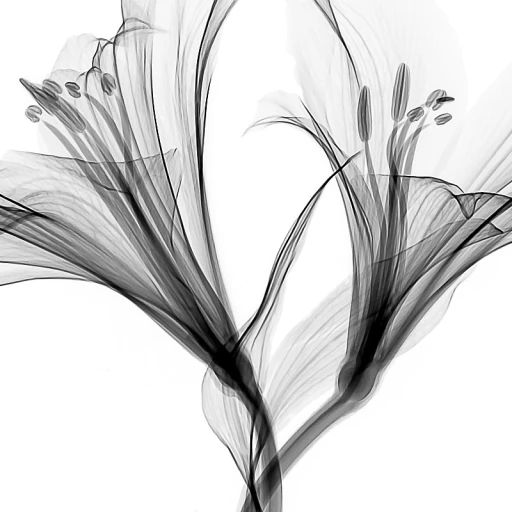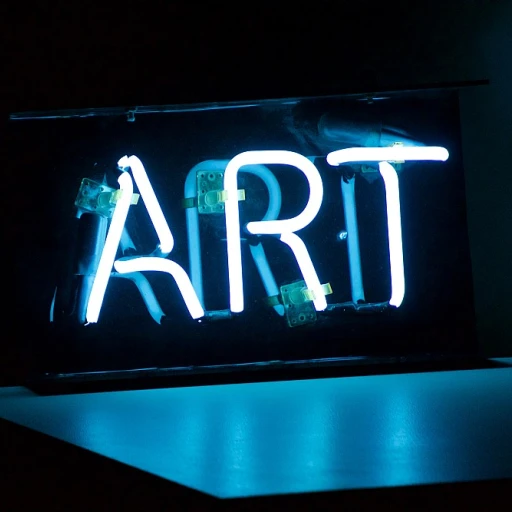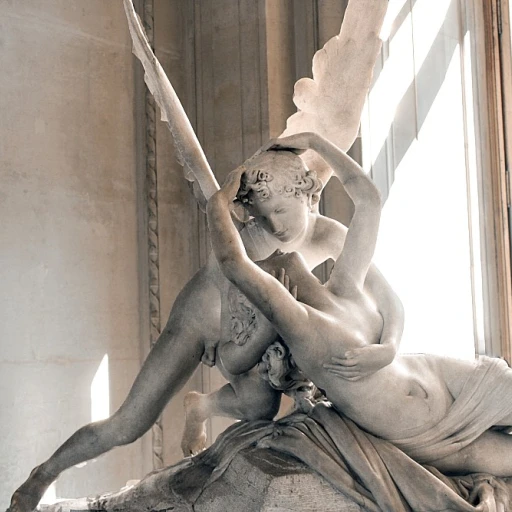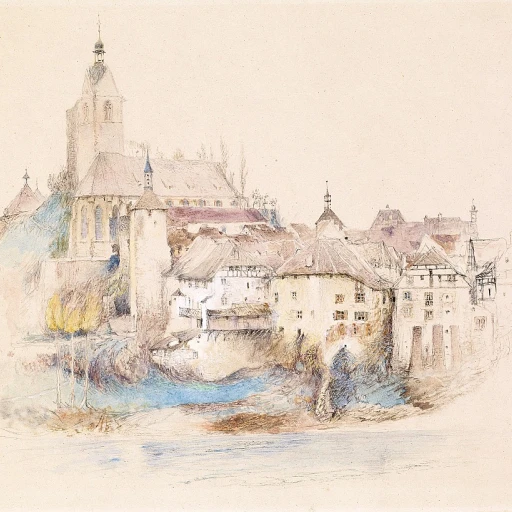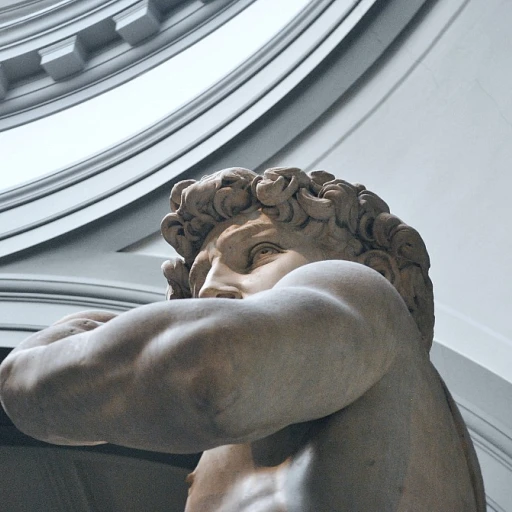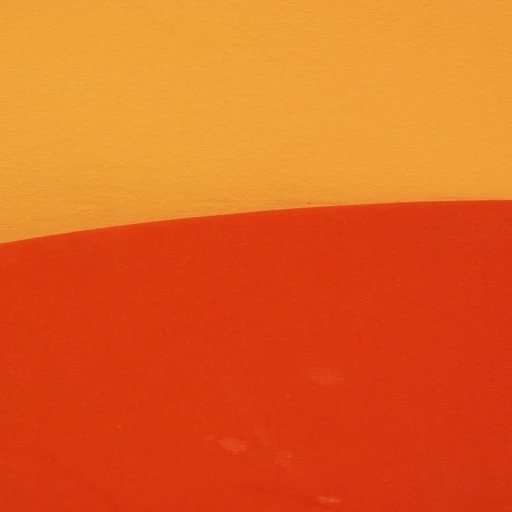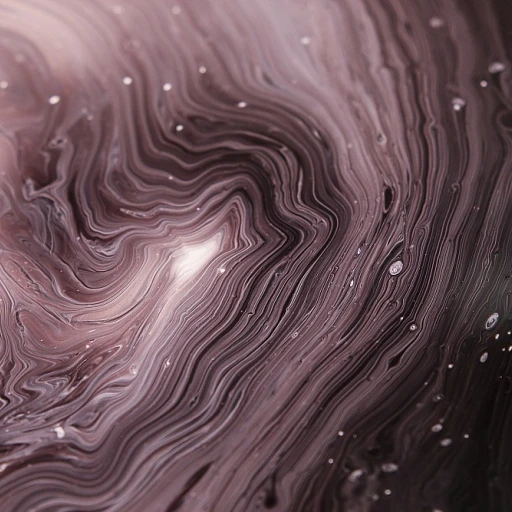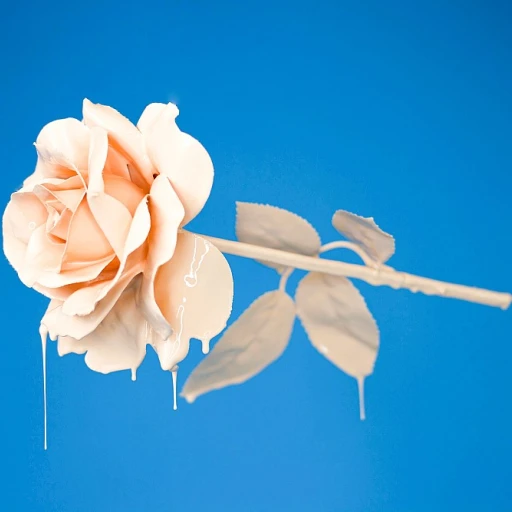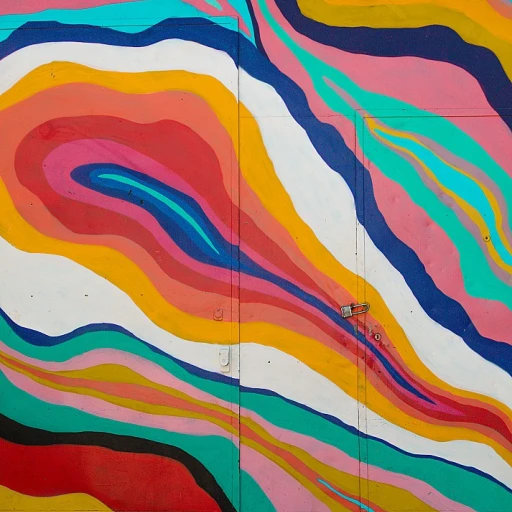-teaser.webp)
Understanding Folk Art Paintings
Exploring the Roots of Folk Art Paintings
Folk art paintings have long been a captivating segment of the art world, celebrated for their rich cultural heritage and unique aesthetic. These artworks, often created by self-taught artists, reflect the traditions and stories of communities, making them a vital part of cultural expression. Unlike mainstream art, folk art is characterized by its simplicity and directness, often utilizing materials like canvas, paper, and even unconventional mediums such as tole painting or face jugs.
In the United States, American folk art has a storied history, with roots tracing back to the early American settlers. These artists, often working outside the formal art institutions, painted scenes of everyday life, landscapes, and portraits that captured the essence of their era. The use of oil canvas and other traditional materials allowed these creators to produce works that were both accessible and deeply personal.
Throughout the years, folk art has evolved, yet it remains a testament to the creativity and resilience of its artists. The paintings often feature bold colors and simple forms, with a focus on storytelling rather than technical precision. This approach has resonated with collectors and art enthusiasts alike, who appreciate the authenticity and historical significance of these pieces.
As we delve deeper into the intersection of folk art and luxury, it becomes evident that these paintings hold a unique place in the art market. Their appeal lies not only in their aesthetic value but also in their ability to connect us with the past, offering a glimpse into the lives and stories of those who came before us. For more insights into how the legacy of artists like Jean-Michel Basquiat is being monetized, you can explore this article.
The Intersection of Folk Art and Luxury
The Contrast of Simplicity and Sophistication
The convergence of folk art paintings and luxury might initially seem paradoxical, yet these art forms embody a striking blend of simplicity and sophistication. At the heart of folk art lies an authenticity that appeals to the high-end collectors who seek unique and meaningful connections with their artwork. Early American folk art, with its vibrant hues and unmistakable cultural heritage, has carved a niche within upscale collections, transforming ordinary art pieces into distinguished artworks.
The charm of folk art paintings lies in their narrative strength. These paintings often portray daily life and rural settings, depicted in art landscapes that evoke a sense of nostalgia. This form of art is not merely a visual representation but a story told on canvas, or sometimes even through paper, recounting the rich tapestry of American life. The honest strokes and vibrant color palette embody a period marked by tradition and community values, capturing the essence of cultural heritage.
The Elevated Status of Folk Art
In the luxury market, the value of these folk paintings transcends monetary metrics. They are not just seen as art but as historical artifacts that offer insights into the lifestyle of a bygone era. The appreciation for these semicentric works is highlighted by their presence in prestigious art museums across the United States and beyond. The unique appeal of these paintings is mirrored in their ascending price points, where limited edition pieces, whether on oil canvas or tole painting, catch the discerning eye of affluent buyers.
This intersection of folk art with luxury represents not only a celebration of ‘outsider art’ but also a recognition of its contribution to the broader art movement. Collections that include folk art bring an unparalleled authenticity into the luxury domain, infusing high-end spaces with genuine narrative and heritage. As collectors continue to seek more personalized and emotionally engaging art, folk paintings are poised to become ever more integral to discussions around value and cultural significance in luxury spaces.
Key Artists and Influencers
The Drives Behind Influential Folk Art and Its Pioneers
In the luxury realm, folk art paintings are in high demand, with collectors appreciating the authenticity these works impart. Many artists dedicated their lives to this genre, capturing the essence of their cultural heritage. These artists often operated outside the traditional art institutions, driven by a need to express their cultural and personal narratives on canvas. A significant draw to folk art is its deeply rooted connection to early American culture. This style, usually characterized by its raw and unfiltered style, serves as both a testament to and a preservation of historical and personal experiences. Capturing scenes of everyday life, these painted expressions on oil canvas or paper provide unique insights into the narratives of the past. Moreover, the influence of outsider art continues to rise in the luxury market. This can be attributed to its unique perspective and the emotional depth captured by those who often lacked formal training, yet still achieved profound artistic expression. The stroke width, choice of colors, and thematic representations embody distinctive qualities that collectors seek to add to their curated assemblages. Artworks by artists from varying backgrounds, including face jug creators and tole painting aficionados, combine to form a mosaic of culturally significant art landscapes. This makes folk art paintings great additions to galleries and art museums, especially those focused on representational arts of the United States. Despite their humble origins, these folk art paintings have found recognition not only in museums but also in luxury collections. The evolution of this genre reflects a growing appreciation for its authenticity and cultural significance, paralleling an appreciation for elements like deer motifs in art, seen in the majestically alluring sector of luxury artworks.Market Trends and Valuation
Current Market Dynamics
The luxury art market has seen a fascinating shift with the inclusion of folk art paintings, which have become a significant point of interest for collectors and investors alike. These artworks, often rooted in cultural heritage, offer a unique blend of historical significance and aesthetic appeal. The price of folk art paintings can vary widely, influenced by factors such as the artist's reputation, the painting's provenance, and its condition.
Valuation Factors
Several elements contribute to the valuation of folk art paintings in the luxury market:
- Historical Context: Artworks from the early American period or those that reflect significant cultural narratives often command higher prices.
- Medium and Technique: Whether the art is on canvas, oil canvas, or paper, and the techniques used, such as tole painting or the use of vibrant paint strokes, can impact value.
- Artist Recognition: Works by renowned artists or those featured in prominent art museums tend to be more valuable.
- Rarity: Limited edition pieces or those that are one-of-a-kind, like a unique face jug, are particularly sought after.
Influence of Cultural Heritage
Folk art paintings often serve as a bridge between the past and present, offering a glimpse into the life and times of previous centuries. This connection to cultural heritage enhances their appeal, making them a prized possession for collectors who value not just the art itself, but the stories it tells. The American folk art scene, for instance, is rich with pieces that reflect the diverse cultural tapestry of the United States.
Trends in Acquisition
In recent years, there has been a noticeable trend towards acquiring folk art paintings that feature art landscapes or depict scenes of everyday life. These pieces, often characterized by their vibrant colors and expressive forms, resonate with collectors who appreciate the authenticity and raw emotion captured on the canvas. As the market continues to evolve, the demand for such works is expected to grow, driven by a desire to own a piece of cultural heritage that is both beautiful and meaningful.
Challenges in the Luxury Art Market
Overcoming Challenges in the Elite Art Sector
Within the upper echelon of the art market, distinct challenges persist when integrating folk art. As with any genre, folk art paintings contend with issues of provenance and authenticity. In a world where nineteenth-century folk artistry holds a vital cultural heritage, collectors are meticulous about the lineage of each piece, demanding proof of its origin and art museum accreditations. This emphasis on authenticity is crucial, for it impacts the price and market reputation.
Furthermore, the market valuation of folk artwork fluctuates significantly across different regions. The appeal of folk art is sometimes regional, with pieces depicting early American life or outsider art gaining prominence primarily within the United States. The challenge lies in elevating non-mainstream art forms to a global platform where varied appreciation informs canvas appraisal.
Additionally, the appreciation of diverse art genres often faces a challenge from the luxury market's traditional preference for mainstream art pieces. Although folk art paintings are increasingly recognized for their intricate art landscapes and tole painting methods, the longstanding bias towards classical art styles poses a barrier. Owners and collectors must advocate for their artistic cultural heritage significance to truly enhance their value perception.
Acknowledging these constraints is critical in plotting the path forward. Overcoming such hurdles necessitates engagement with the public through exhibitions, partnerships with art museums, and transparent storytelling about the journey of each art painting. By addressing the challenges head-on, folk art can find its rightful place among esteemed limited edition art collections.


